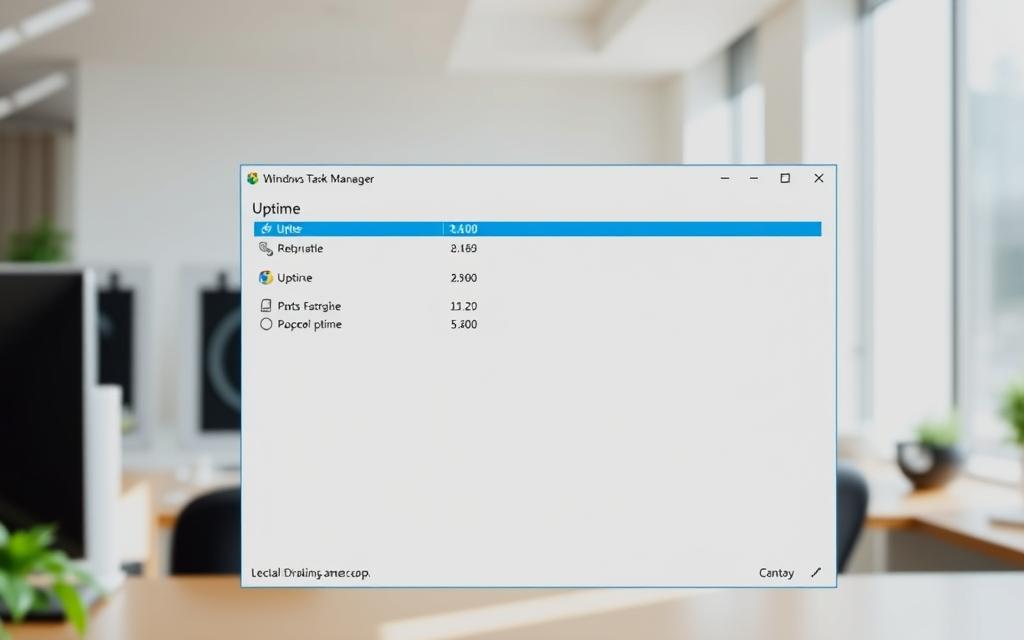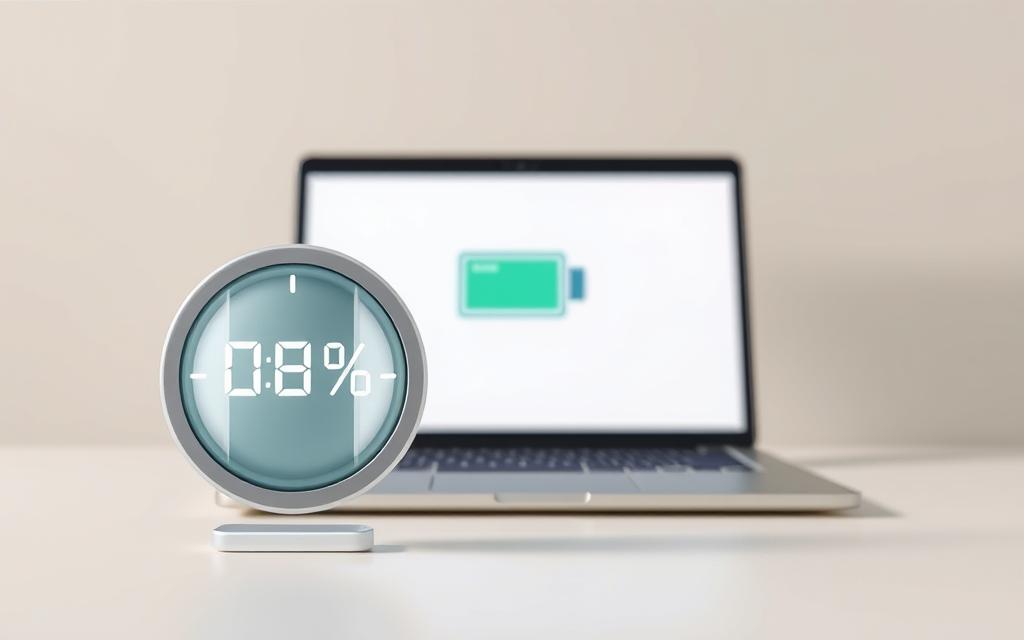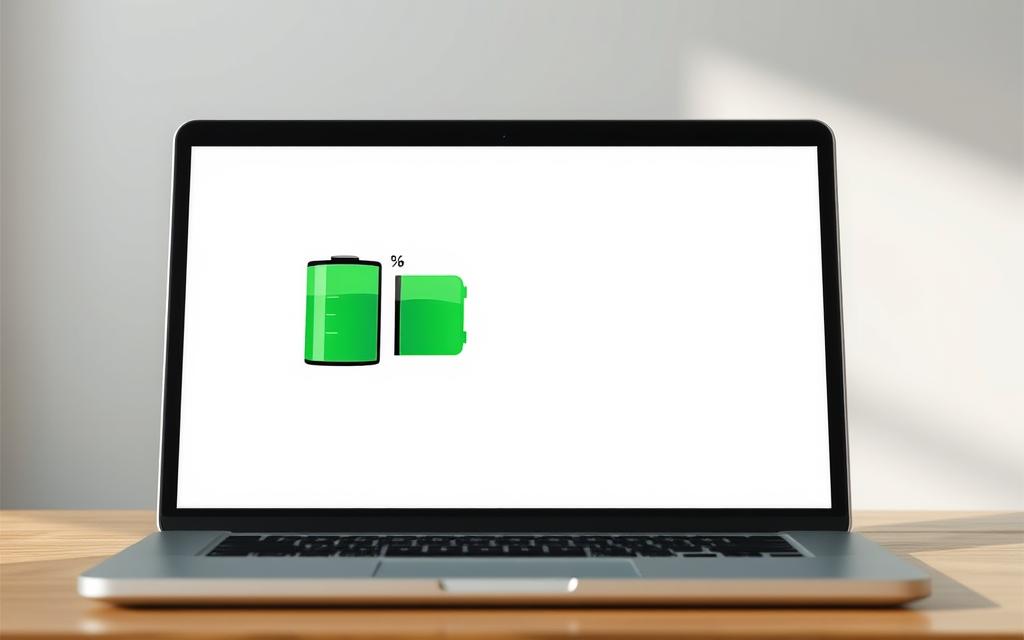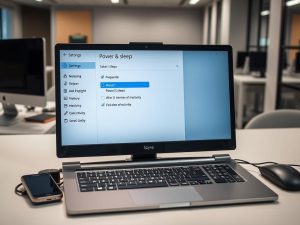Table of Contents
Battery life is crucial for productivity, especially when working on the go. Whether you use Windows or macOS, knowing your device’s remaining power helps plan tasks efficiently.
Many users face frustrations with fluctuating battery estimates. These variations often stem from usage patterns and battery health. Accurate readings depend on system calibration and power settings.
This guide covers simple methods to check battery time remaining on both platforms. We’ll also explore why estimates change and how to improve their reliability.
Understanding your device’s power status prevents unexpected shutdowns. It also helps maintain long-term battery performance for laptops and tablets.
Why Monitoring Your Computer’s Battery Life Matters
Ignoring battery degradation can lead to costly disruptions. For professionals, a single unexpected shutdown risks lost data or missed deadlines. Regular battery health monitoring prevents these scenarios while extending device longevity.
The Impact of Battery Health on Productivity
Degraded batteries cause erratic performance. Forum reports highlight 2017 MacBook Pro users facing seven-hour OS reinstalls due to power throttling. Healthy devices complete the same task in 45 minutes.
Samsung NVMe SSDs also suffer when batteries falter. Poor power delivery triggers slowdowns, compounding delays. Proactive checks avoid these cascading failures.
Signs Your Battery Needs Attention
Watch for these low battery symptoms:
| Warning Sign | Risk Level | Action |
|---|---|---|
| Swollen casing | High | Replace immediately |
| 50% capacity loss | Moderate | Calibrate or replace |
| Rapid sleep-mode drain | Moderate | Check background apps |
Sudden shutdowns during updates or presentations signal advanced decay. Pair battery health monitoring with SSD checks for full system reliability.
Monitoring Battery Usage in Windows
Windows offers built-in tools to track power consumption and estimate remaining usage time. These features help users optimize workflows without sudden power loss.
Using Task Manager for Battery Time Estimates
Access detailed metrics through Task Manager:
- Right-click the taskbar and select Task Manager.
- Navigate to the Performance tab.
- Check Up Time under System for total active duration.

Note: Up Time reflects system activity, not exact battery depletion. For precise estimates, pair this with the Windows battery icon.
Checking via Windows Battery Icon
Hover over the battery icon in the taskbar for instant percentage and status. Common displays include:
- Calculating…: System adjusting to recent usage changes.
- Percentage only: Stable estimate based on current drain.
If the icon disappears, update drivers via Device Manager under Battery settings.
Pro Tip: During video editing or 3D rendering, cross-reference both methods. Task Manager shows CPU load, while the Windows battery icon adjusts estimates for GPU usage.
How to Check Battery Time Remaining on macOS
Mac users rely on accurate battery estimates to manage workflows effectively. Apple’s macOS battery status tools offer real-time insights, from menu bar icons to advanced diagnostics. Monterey introduces refined tracking for power-hungry tasks like video rendering or NVMe upgrades.
Viewing Battery Status in the Menu Bar
Customize Monterey’s menu bar to display percentage or time remaining:
- Open System Preferences > Dock & Menu Bar.
- Select Battery from the sidebar.
- Toggle Show Percentage or Time Remaining.
A Service Recommended alert appears when capacity drops below 80%. Unlike normal aging, this signals significant decay requiring attention.
Using Activity Monitor for Detailed Insights
For granular analysis, Activity Monitor energy impact metrics reveal app-specific drain:
- Launch Activity Monitor via Spotlight (Cmd+Space).
- Navigate to the Energy tab.
- Sort by Preventing Sleep to identify rogue processes.
2015 MacBook Pro models often misreport estimates during NVMe upgrades due to power delivery inconsistencies.
Contrary to forum myths, 300Mbps internet speeds don’t affect local battery calculations. For extended monitoring, explore third-party tools like check Mac battery time remaining guides.
Understanding and Improving Battery Time Estimates
Accurate battery estimates prevent frustration during critical tasks. While no system predicts remaining time perfectly, understanding the variables helps manage expectations.

Why Estimates Fluctuate
Battery calculations adapt to real-time usage. Opening ten Chrome tabs triggers different power demands than writing in Word. Voltage sensors adjust predictions based on:
- Active applications: Video editors drain faster than text processors
- Background processes: Cloud syncs or updates alter calculations
- Temperature: Cold environments temporarily boost readings
Modern MacBooks (2017+) handle these variations better through improved power management chips. For sudden inaccuracies, resetting the SMC or PRAM often restores normal estimates.
Tips to Extend Battery Life
Follow these five proven strategies to extend laptop battery life:
| Method | Impact | Implementation |
|---|---|---|
| 20-80% charging | Reduces wear by 40% | Use macOS AlDente power management |
| Thermal management | Prevents throttling | Clean vents monthly |
| Dark mode efficiency | Saves 15% on OLED screens | Enable system-wide dark theme |
“Lithium-ion batteries degrade fastest at full discharge cycles. Partial charges between 20-80% significantly prolong lifespan.” – Apple Support Documentation
For advanced diagnostics, tools like CoconutBattery provide deeper insights than built-in systems. They track historical usage patterns and actual capacity versus design specifications.
Conclusion
Power management mastery separates prepared users from frustrated ones. Whether using Windows task manager or macOS Activity Monitor, always check computer battery hours before intensive tasks. Cross-verify estimates for critical workflows—system readings vary by 12-18% during heavy loads.
Implement battery life optimization immediately at 80% capacity thresholds. Schedule professional diagnostics annually, especially after NVMe upgrades. For emergencies, memorize these: Windows (Win+X → Power Options), macOS (Option-click battery icon).
Backup data before system reinstalls—unexpected shutdowns corrupt files. Bookmark this guide to check computer battery hours accurately. Your productivity depends on these verified power management strategies.
FAQ
Why is monitoring my computer’s battery life important?
Tracking battery life ensures uninterrupted productivity and prevents sudden shutdowns. A healthy battery also extends device longevity.
How can I check remaining battery time on Windows?
Hover over the battery icon in the taskbar or open Task Manager under the “Battery” section for estimates.
Where do I find battery details on a Mac?
Click the battery icon in the menu bar or use Activity Monitor for deeper performance insights.
Why does my battery time estimate keep changing?
Estimates adjust based on usage. High-performance tasks drain power faster than idle browsing.
What are signs of a failing battery?
Rapid draining, overheating, or failure to charge fully indicate battery issues needing attention.
How can I improve my laptop’s battery lifespan?
Reduce screen brightness, close unused apps, and avoid extreme temperatures to optimize battery health.









